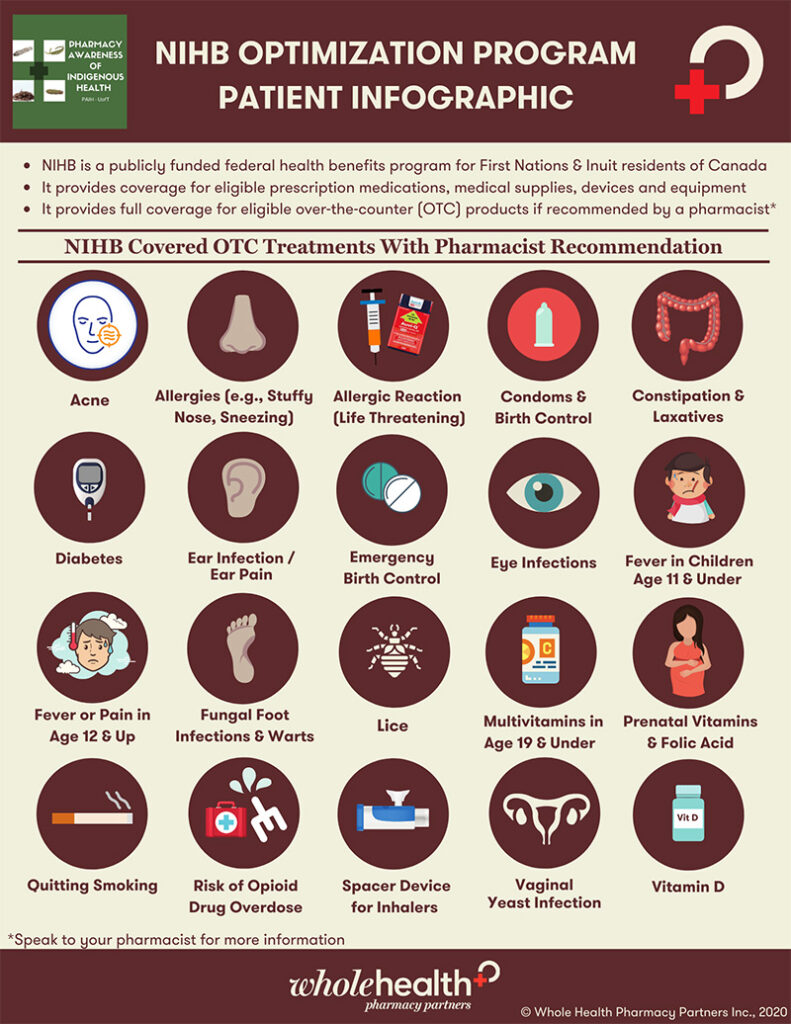As part of our commitment to cultivate Indigenous cultural competency amongst non-Indigenous Board members, College staff and registrants, the College is committed to highlighting efforts by pharmacy professionals and others to enhance the care provided to Indigenous patients and communities. Below, students at the University of Toronto’s Leslie Dan Faculty of Pharmacy share some of the ways they are educating pharmacy professionals and reducing barriers faced by Indigenous patients.
By: Max Yaghchi, Past President and Co-Founder of PAIH, and Anjali Patel, Current President of PAIH
Pharmacy Awareness of Indigenous Health (PAIH) is a student-run group at the University of Toronto’s Leslie Dan Faculty of Pharmacy. We seek to bring awareness to the healthcare barriers faced by Indigenous patients, to reduce these barriers by improving pharmacy students’ Indigenous cultural competence, and to increase Indigenous representation in pharmacy practice. We identify and promote local Indigenous cultural events, share articles regarding Indigenous health on social media, and host health education workshops at Indigenous centres.
PAIH’s most recent initiative is the NIHB Optimization Program, which was developed in collaboration with Tiana Tilli from Whole Health Pharmacy Partners, to increase access to eligible over-the-counter (OTC) products for Indigenous patients. NIHB (Non-Insured Health Benefits) is a federally funded health and drug plan for registered First Nations and Inuit patients. This plan covers a wide range of OTC products with some examples being vitamins, analgesics, contraceptives, and nicotine replacement therapy.
Many pharmacy professionals are unaware that NIHB reimburses OTC products with a written recommendation from a pharmacist, allowing Indigenous patients to access OTC products without paying out-of-pocket. Pharmacists are reimbursed for recommending appropriate eligible schedule II, III and U products for patients with NIHB coverage. This program is independent of minor ailment prescribing and is available in all Canadian provinces and territories except for British Columbia, where PharmaCare Plan W is used instead. All members of the pharmacy staff can assist in increasing awareness of this NIHB coverage, both among Indigenous patients and pharmacy professionals.
PAIH and Whole Health Pharmacy Partners, have developed a pharmacy provider infographic and a patient-facing infographic. These infographics provide guidance on utilizing NIHB’s OTC product reimbursement. They can be accessed free of cost on our MDBriefCase page, which has donated resources to host these infographics to ensure that they are accessible for pharmacy providers and clients of NIHB. Our pharmacy provider infographic provides guidance on the billing procedure for OTC product reimbursement. The patient-facing infographic is a tool that allows Indigenous patients to be aware of common eligible OTC products that are covered and to ensure their pharmacy team is aware of NIHB’s reimbursement of OTC products.

In the coming year, PAIH will continue to develop health education based on the needs of the Indigenous community, while working to increase Indigenous cultural competence among pharmacists. We will launch a social media initiative to bring awareness to health inequities experienced by Indigenous persons, and to highlight how pharmacists may reduce them through patient care. We also hope to connect virtually with Indigenous persons and organizations to increase our own knowledge of healthcare barriers and to establish what we, as future pharmacists, can do to address them.
To date, all PAIH executives have been non-Indigenous pharmacy students, and our goal is for PAIH to be one day led by a team that truly reflects and represents the Indigenous community. Until then, we will continue to connect pharmacy professionals with resources to enhance their Indigenous cultural competence, and welcome you to follow us on our social media.













